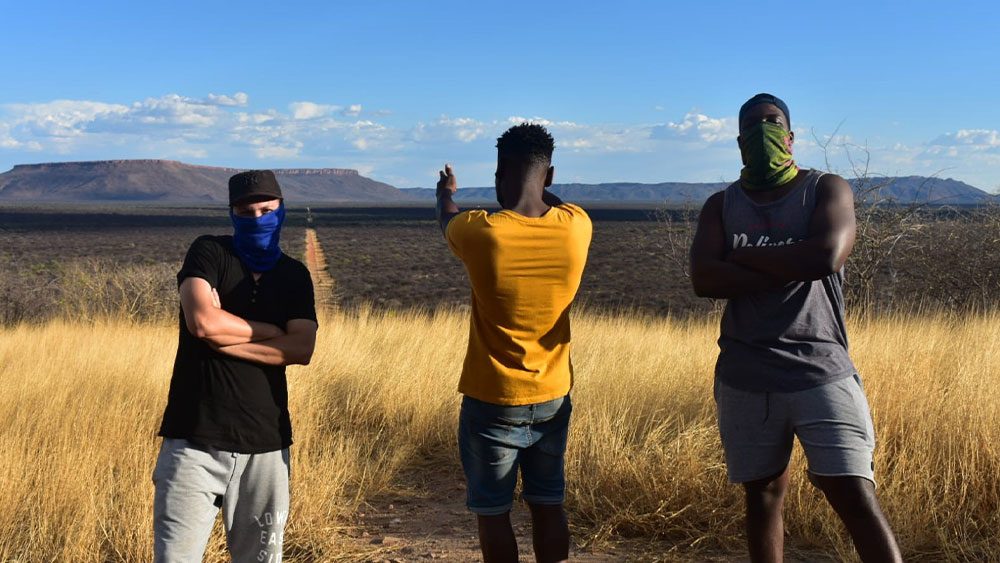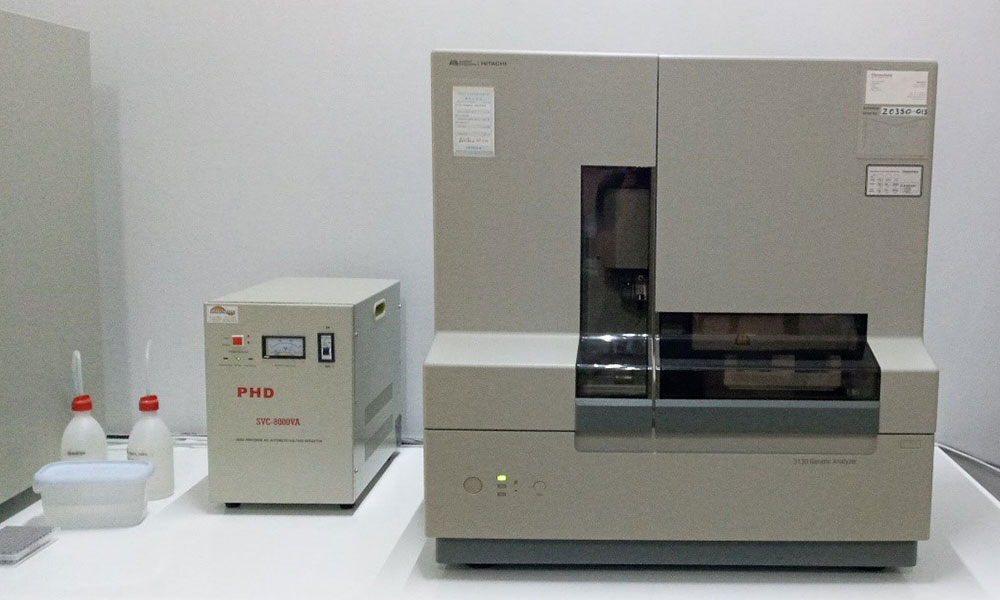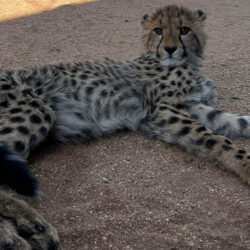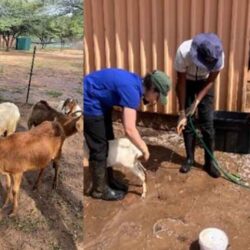Unforgettable Time in the Bush
-

- by Allistair Witbooi December 17, 2020

My name is Allistair Witbooi, and I’m an intern here at Cheetah Conservation Fund, Namibia. I’ve been here for almost 5 months. Whilst doing my last academic module at the University of Pretoria, in South Africa, I decided to apply for an internship at the Cheetah Conversation Fund (CCF) genetics laboratory. My goal was to put into practice the theory I was taught in university, and apply it in the working environment.
During my time at CCF, I have taken part in various long term projects in the genetics laboratory. To obtain data, a sample needs to be collected. The two main forms of sample collection are either invasive or non-invasive – CCF does both. Invasive methods involve physically obtaining the sample from the animal; for instance, tissues and blood. Sperm is also collected and stored for future research. For non-invasive methods animals do not need to be present; instead, remains are collected such as scat and hair from scat is valuable, rare and important to researchers as it can provide information regarding the cheetah population and their genetic diversity, and hence has been named black gold.
CCF has numerous research projects which focus on Namibian cheetah population, Angolan cheetah population and also collaborative projects looking at species such as elephants which is just the tip of the iceberg. This internship continues to provide me with hands-on experience, where I get to assist the Genetics team on various projects. In the process I am learning efficiency and new skills to build a successful career. Skills include DNA extraction, setting up PCR mixes and running PCR products through a genetics analyser. It is always spectacular to see and work with this machine, under necessary supervision (of course) as this machine is rare to find in Namibia.

This all comes together to study different aspects of the cheetah population. Many studies here in the genetics laboratory focus on microsatellite loci. Variations in allele lengths within loci occurs due to neutral mutation, meaning there is no selective pressure acting on the alleles. This allows one to infer relatedness between cheetah individuals or within populations as well as inbreeding levels. Population structure can also be assessed and combined with geographical data captured during sample collection (with GPS).
Apart from working in the laboratory, I also help with general tasks around the centre. Day-to-day activities include animal care and cleaning. CCF has a Model Farm where interns and volunteers are required to assist staff with the day-to-day tasks of animal care, feeding and cleaning. The model farm is an educational program used to show farmers strategies that help to mitigate human-wildlife conflict. Many predators such as the cheetah are slowly eradicated, partly because of the human-wildlife conflict.
CCF has adapted a program for farmers to deal with predators in a non-lethal manner. One of these methods is the Livestock Guarding Dog program. The Anatolian Shepherd was introduced in Namibia by CCF in 1994, as this dog was bred to look after livestock in Turkey. Since then more than 650 dogs have been placed with local farmers. They are bold, intelligent and confident and are ready to sacrifice anything to protect their flock. Climate in Anatolia make these dogs well adapted to Namibia. Besides this, they also make wonderful companions to both human and small livestock. As part of the internship program, I help look after this amazing breed of dogs, which include feeding and pen cleaning which keep them healthy and fit.

Other tasks include feeding cheetahs and horse care, which are some of my highlights here. I got to know the cheetahs around the centre and have even seen them in action during cheetah runs. What a sight it is, to see cheetahs run and change direction at such high speed. The speed and agility is unbelievable and you can feel every step they take. Almost like the ground was shaking. Feeding and caring for the horses has to be one of my favourite tasks. I grew very fond of these gentle giants and I hope to learn how to ride someday.

Coming from a farming background myself, I found the knowledge and skill taught on livestock farming here at CCF is useful and inspiring. These methods can be passed on to future farming generations. I continue to learn a lot about animal behaviour, ecology and I get to see new animals. Such as the honey badger that scavenges for food late at night close to our dorms.
I’ve met very passionate people here at CCF, with a lot of knowledge in their respective fields. With this, I wanted to share my appreciation to all staff members, interns, animals and donors for making my stay memorable.
Related Reading
-
September 30, 2025
Brendy’s Story: Honoring My Dad with the Cheetah Conservation Fund -
December 3, 2023
Paws, Prints and DNA: Chronicles of a Genetics Intern




